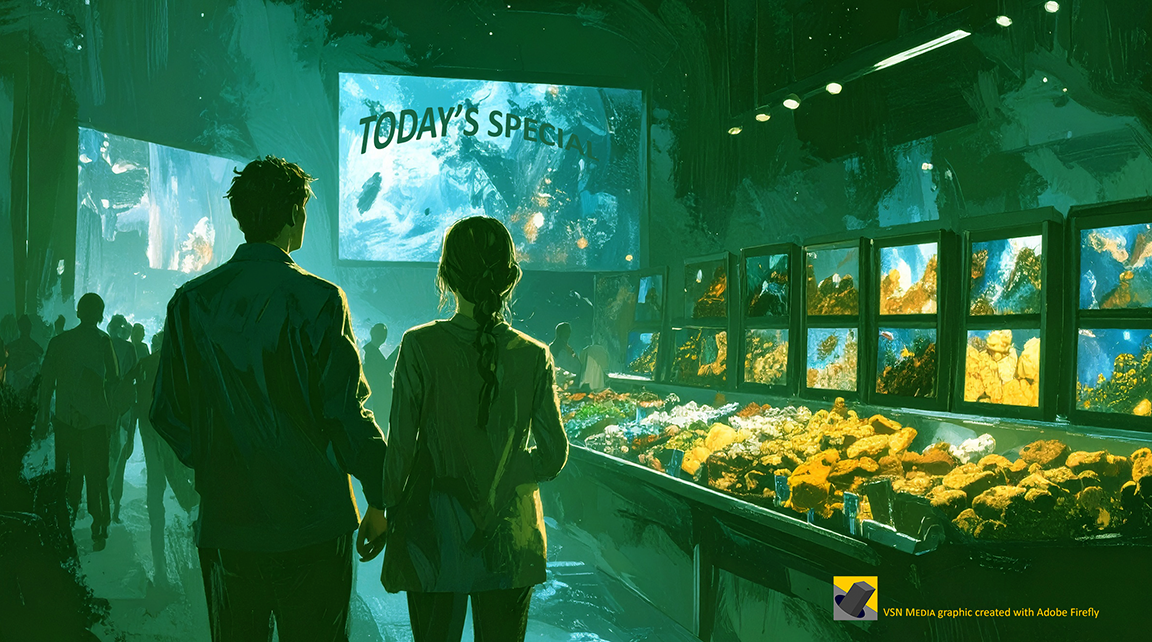AMONG THE MANY CHALLENGES facing CPGs in their efforts to make sense of retail media networks has been a pervasive storytelling bias.
On daily basis, we encounter widespread published commentary and reports celebrating retail media’s headlong growth, along with advice on tech, measurement, and monetization for retailers. Much of it comes from solution providers, consultancies and ad agencies vying to cash in on the burgeoning media sales opportunity. Wall Street analysts have been a megaphone for this side of the story too.
This article is part of a series. Republished here by permission from CPGmatters.
The bandwagon effect has been so powerful, the lure of “new” digital revenue so enticing, that critical thinking is too often abandoned by analysts and bloggers. Spending forecasts are frequently represented with “hockey stick” charts. With each new quarterly release, it seems as if proponents keep expanding the definition of “commerce media” to help drive the forecasts to new heights.
Meanwhile, for brand marketers (the lion’s share of all that juicy ad spending) pragmatic guidance about RMN strategy and practices seems relatively hard to come by.
Balancing the retail media story
As we have been documenting here in recent months, retail media is just now emerging from its nascent state. The digital network side has been dominated by early adopters who pioneered search and sponsored product advertising – Amazon Ads, Google Ads, Walmart Connect, Albertsons Media Collective, Kroger Precision Marketing, Instacart Carrot Ads, and a few others.




